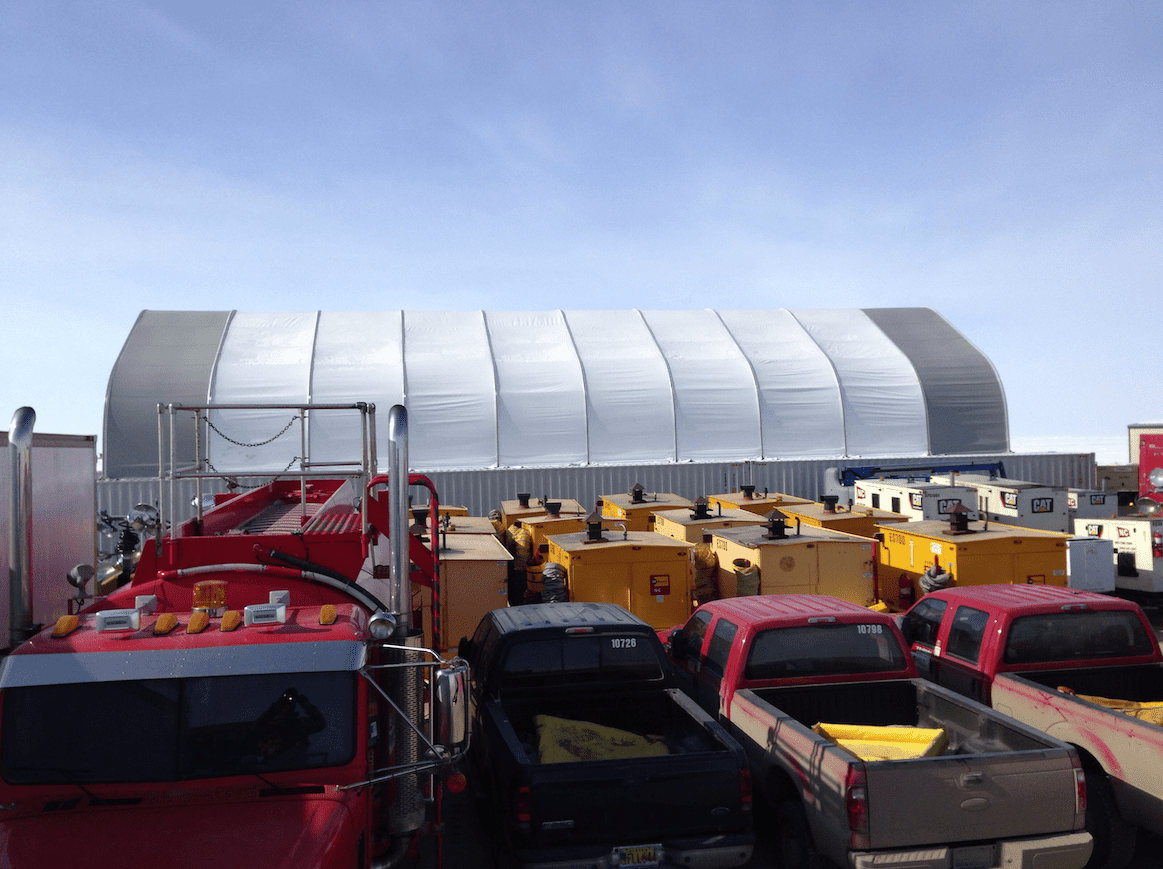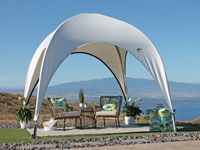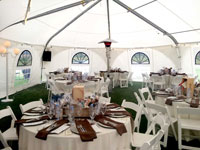Car manufacturing in the U.S. has fallen behind that of SUVs and light trucks. A prime example of this is Ford Motor Company® — the company that helped create the American car culture — is eliminating the production of all but two of its sedans sold in the U.S. and focusing on SUVs instead. Ford has invested $900 million in its Louisville, Kentucky manufacturing plant to increase the production of the Ford Expedition and the Lincoln Navigator by 25 percent. The company expects their new plans to save them $1 billion in investment costs.
Toyota is similarly ramping up production of its SUVs and light trucks, and plans to invest $1.33 billion in upgrades to its Georgetown, Kentucky manufacturing plant to keep up with consumer demand. Toyota will modernize the facility, replacing equipment and adding new technology, such as a new paint shop.
Other automakers are expanding or modifying their existing facilities to get a piece of the hybrid and fully electric SUV market, the sale of which is expected to increase from 1.1 million units in 2017 to 11 million units in 2025.
To keep up with these changes in the automobile industry toward SUVs and light trucks, companies are scrambling to make the necessary adjustments. Carmakers need to be innovative and flexible to keep up with the competition without hurting their bottom line, especially when it comes to creating additional manufacturing space efficiently and affordably.
The Benefits of Engineered Fabric Buildings for Automakers
Engineered fabric buildings are a viable option for automakers interested in saving construction time for building manufacturing facilities and ensuring a good return on their investment. When compared to traditional construction, engineered cloth buildings are more cost-effective and can be assembled and ready to go in a fraction of the time. For automakers that are struggling to keep up with the shift towards SUV and light truck production, or investing in manufacturing space for creating new assembly lines for hybrid or electric vehicle production, this efficiency can give them a competitive advantage by allowing them to quickly ramp up production.

Durable, Long-Lasting Building Solutions for Automobile Manufacturing
Alaska Structures®️ fabric buildings are unmatched in quality and proven longevity. Our custom designed fabric buildings are engineered to meet local or international building codes for safety and durability. Our engineered fabric structures have been used in more than 85 countries around the world to support all aspects of vehicle manufacturing by thousands of customers over decades of use. Since 1975, more than 65,000 custom designed and engineered fabric structures have been produced and delivered on time, and within budget to meet our customer’s manufacturing facility needs. No other cloth building provider comes close to matching the experience or proven success of Alaska Structures.
Once setup Alaska Structures’ fabric buildings are virtually maintenance free. Allowing manufacturing facilities to focus on producing high quality automobiles and not on timely and expensive building maintenance that is typical with steel buildings or manufacturing facilities made from conventional building materials.
The architectural membranes of fabric buildings from Alaska Structures offer a greater abrasion resistance than typical PE- or thermoplastic-based cloth covers from other manufacturers. Our membrane systems are engineered and produced using a proprietary blend of materials to create a tensioned material that ill not rot, are resistant to mold and mildew, are UV-stabilized to withstand high solar loads, and exceed the fire safety requirement outlined in the California Code of Regulations for membrane structures. No matter where in the world your assembly plant is located, an engineered fabric building from Alaska Structures will provide a durable and long-lasting building solution.
Unmatched Efficiency in Time, Energy and Portability
Alaska Structures engineers and produces many of the support systems designed to increase comfort and energy efficiency, as well as seamlessly integrate with our building systems. This one-stop approach allows us to custom-design building solutions for manufacturing space that are more energy efficient, saves time, and can easily be relocated.
When it comes to manufacturing in locations with extreme weather, including high or low temperatures, not only can equipment issues arise, but this can also have an effect on worker efficiency. Manufacturing and working on assembly floors is already a physically demanding job, provide workers with a comfortable work environment that is insulated from the extreme swings of high temperatures in the summer and freezing temperatures in the winter with one of our proprietary insulation packages. Engineered to meet any R-value of thermal resistance, an Alaska Structures building system equipped with the proper insulation system can provide a level of comfort while reducing heating or cooling costs. Our integrated product approach allows us to create insulated polyvinyl cloth buildings that are highly portable, pack small for low-cube shipping, and are easy to erect quickly, no matter your skill level.
Our engineered fabric structures are easy to set up and take down, enabling flexibility in the rapidly changing automobile industry. Minimal foundation requirements mean that our modular buildings can be set up on any level surface, be it concrete, gravel, asphalt, or earth. With unmatched portability and easy transfer between locations, our fabric structures minimize build times and the cost of transport, helping automakers to be ready for production in a fraction of the time required for brick-and-mortar or steel buildings.

Manufacturing Facilities Designed for Maximum Use of Interior Space
All fabric buildings from Alaska Structures are engineered and designed for maximizing interior space. The high-strength frame systems work to create a free span design that eliminates the need for interior support columns. Automakers are increasingly using robotic assistance in the assembly of SUVs, and our buildings provide the space that factories need for such machinery to move and function properly. Our DAGB Series of heavy gable buildings are perfectly suited for an SUV assembly line, with any width or length, providing you all the manufacturing space you need.
Custom Structures for Automobile Manufacturing
Alaska Structures’ building specialists will work with you, your director of manufacturing, production supervisors, as well as manufacturing and production managers through all phases of planning to design a custom structure to expand or create new manufacturing space.
Nearly every aspect of a custom-built structure from Alaska Structures can be modified to meet your specific building requirement. Need a building with a 50’ side wall height? Need a 500’ long building to enclose an assembly line? Want to reduce energy costs by using natural light? Want large metal roll-up doors for easy access into and out of your manufacturing facility? Need a building with a built-in vehicle exhaust system? No problem. Our experienced building specialist have decades of experience assisting customers to develop the perfect custom structure.
Cost-Saving Benefits of Engineered Fabric Buildings
Engineered fabric buildings from Alaska Structures provide many cost-saving benefits for automakers when compared to buildings made from traditional construction, such as:
- Minimal foundation requirement allows your production facility to be safely installed onto virtually any level surface, reducing the need for expensive and timely pre-construction site work.
- Assembly can be done by general labor, eliminating the need for expensive setup crews, trained contractors, or supervisors required by other tensioned fabric building providers.
- Drastically shorter construction schedules allow you to start or expand automobile production much faster.
- Translucent skylight material allows for the utilization of natural light during the day and creates a bright and safe working environment while reducing energy usage and costs.
- Plug-and-play lighting and electrical systems, available in 50 Hz and 60 Hz, eliminate the need for expensive electricians¹.
- Optional insulation packages capable of meeting any R-Value provide a greater level of comfort and help reduce heating and/or cooling costs.
- Engineered to meet local and international building codes for safety and long-lasting durability.
- Easily expanded, reconfigured, or relocated as your manufacturing needs change.
To learn more about our industry-leading technology and engineered fabric structures, contact us today by calling +1-907-344-1565, email us, or complete our contact form.
¹ A certified electrician may be required to connect the electrical distribution panel to shore power or local power utility. Please check with your local or state requirements.

















































































Leave a Reply